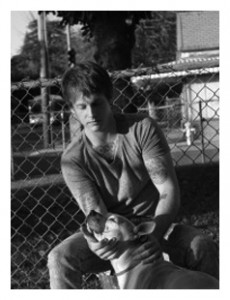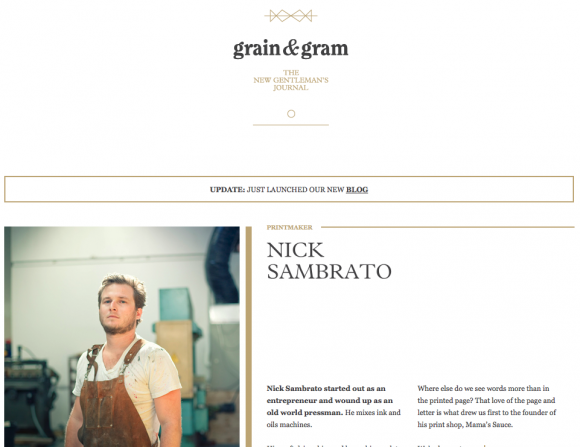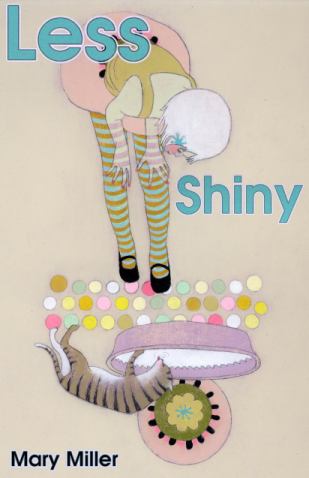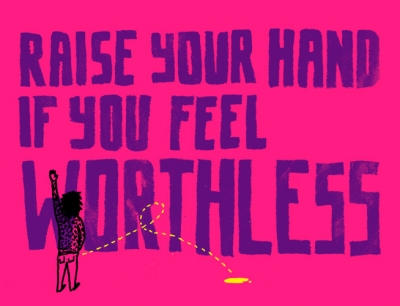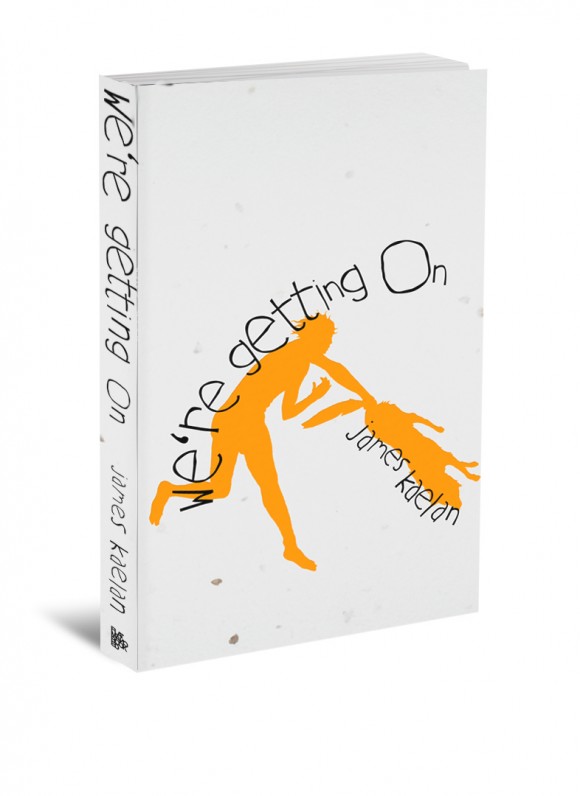
It’s impossible to talk about this book without talking about how it was made so we’ll get that out of the way first. Kaelan has embraced the idea of the book-as-object, adding another layer of immersion for the reader.
Interior pages of the book are 100% recycled paper, but the cover is the impressive feat of printing: All first editions have been letter pressed on seed paper, a kind of recycled paper containing birch tree seeds that, once planted, have the capability to offset the carbon footprint of the book 10x over. It’s part of the Zero Emission Book Project, Kaelan’s effort to release and support a book without the use of unsustainable energy.
Most products of the green movement are not made to benefit the environment, but to make the consumer feel better about themselves. To alleviate a degree or two of the inherent guilt the consumer feels for being a consumer and not a sustainer. The reading experience is permeated by the objectness of the book: Running your fingers over the spruce seeds embedded in the pulpy cover, the debossed orange silhouette of a naked man swinging a coyote around his head by the tail, serve as a constant reminder of the production means used in the printing of the book.
Strange (and somewhat depressing) that it takes a book of fiction to embrace the idea of a sustainable printing. Meanwhile, mountains of nonfiction reference and instrucitonal books on becoming environmentally conscious employ conventional production means, completely dismissive of the ideals they tout.
This wildly inventive and ambitious project veers close to overshadowing the content of the book. But after reading, it’s clear that the story is only enhanced by the production means. We’re Getting On is the story of Dan, a man who can best be describe as an environmental regressionist. Dan recruits a gang of four strangers, almost on a whim, to follow him out to a tract of land where the plan is to fully remove themselves from the trappings of modern living. But it’s not long until the experiment in sustainable living fails and morphs into an exercise rejecting forward, or even lateral, movement and moves toward the direction of regression. Dan’s totalitarian control over the group is tenuous. Cracks and divides show themselves until the structural integrity of the collective falls apart completely.
This is a book about the effect of restrictions. The object restrains itself from using simpler, cheaper forms of publishing for the sake of producing a book that has little-to-no carbon footprint. The characters in the story restrain themselves from using any sort of innovation or mode of being that would make them human. Dan strives to become something less than human, something that doesn’t that doesn’t have aspirations to rise above its environment, a struggle to become just another insignificant organism.
The story and the object make a statement in two parts: sustainable living is possible, but it doesn’t have to be what you think it is. It could be seen as an attack on sustainable living, like, taken to its logical conclusion we should all be aimed toward Dan’s goal, tearing ourselves away from progression and devolving back to homo-erectus status. But the statement the object makes is that humans are capable of living sustainably, we’ve done it before, we can do it again. And it’s possible for us to do that without backtracking on the evolutionary ladder. Dan illustrates this in the last chapter as he’s been exiled from his collective and wanders, starving and fragmented, among the harsh elements, “(A) new beginning seems beyond my grasp. I’ve gone too far in the other direction, and this isn’t a circle or a cycle, but a spectrum at the ends of which are two terminal extremes.”
Taken by itself, the story stands alone and is worth the read. But taken with the object, the reading experience becomes something larger: a book that whole-heartedly embraces a polarizing issue in a way that is passionately creative in execution and radically practical in its ideal. It’s more than reading a work of fiction, it’s actively participating in a movement.
Buy it here from Flatmancrooked.
